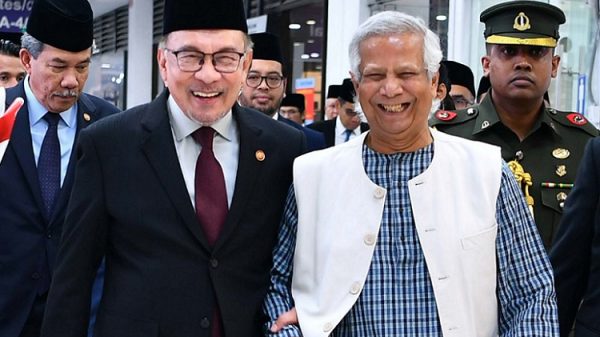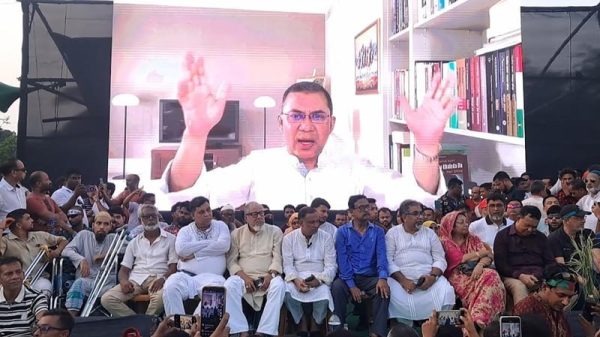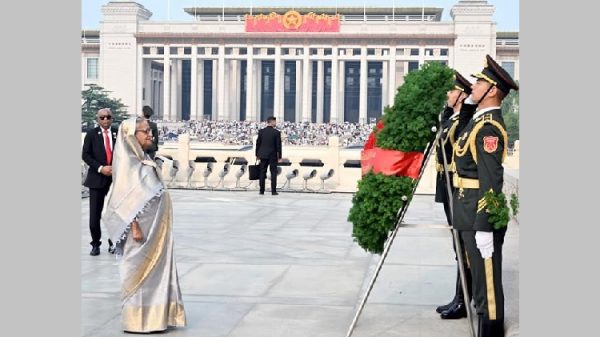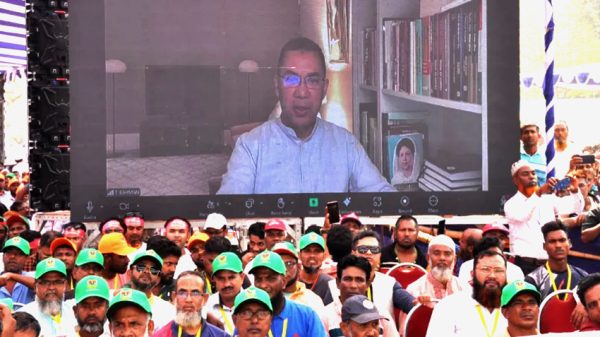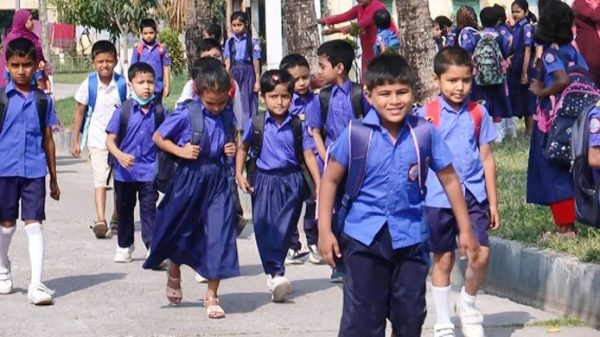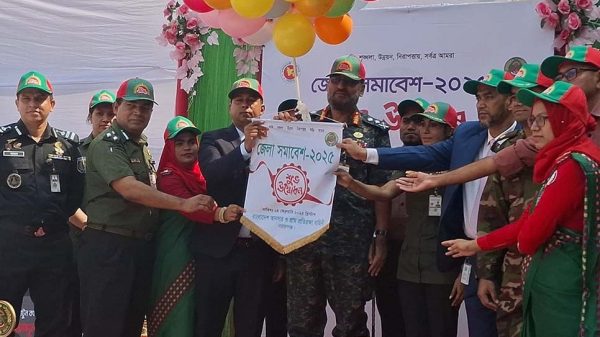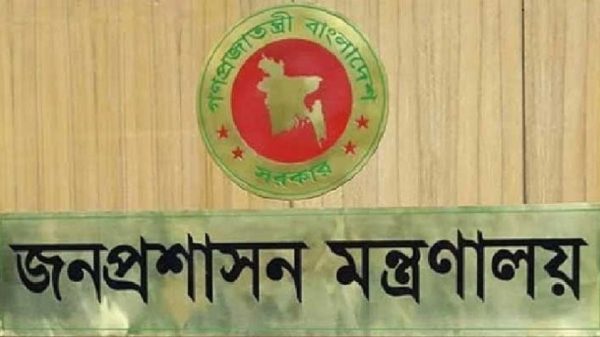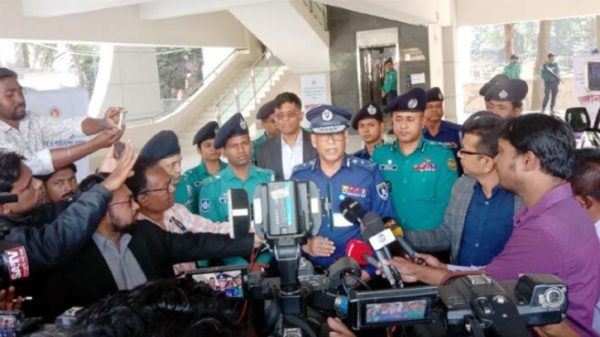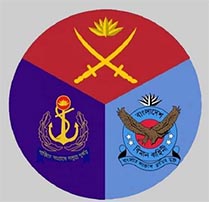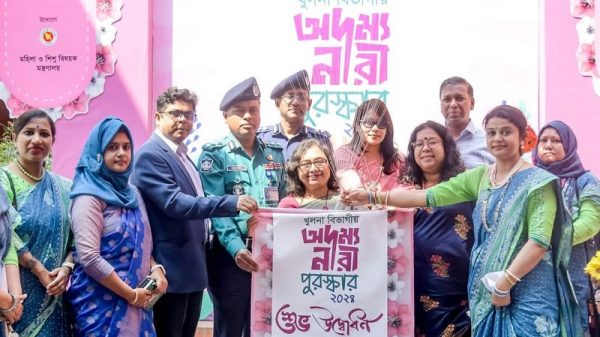25 Years of Kuch Kuch Hota Hai: A holistic approach to love

- Update Time : Monday, 16 October, 2023, 04:59 pm
- 130 Time View
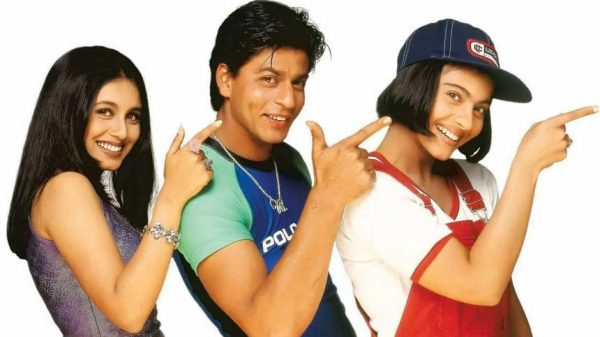
Online Desk: Today marks the silver jubilee of one of Bollywood’s legendary and cherished films, “Kuch Kuch Hota Hai”. Released on October 16, 1998, this Karan Johar directorial debut recommences holding a special place in the hearts of millions of fans – transcending generations and borders. The film was not just a love story. It was a coming-of-age tale, a journey of self-discovery, and an ode to the enchantment of friendship. Over the years, Rahul (Shah Rukh Khan), Anjali (Kajol), and Tina (Rani Mukherjee) became household names, whilst their love triangle tugged at the heartstrings of many. These characters still inspire various silver screen characters as Rahul’s charm, Tina’s sass, and Anjali’s innocence remain forever etched in our memories.
“Kuch Kuch Hota Hai” maneuvers complex interplays of emotions, evoked by destiny’s intervention in love and friendship. It demonstrated how love can occasionally surpass social conventions and preconceived notions, surprising people in new ways. It would not be wrong to say that the film was ahead of its time as it reinterpreted the traditional Bollywood narratives, questioned social norms, and gracefully tackled difficult subjects concerning friendship, love, and self-discovery. The film presented strong independent characters, normalised remarriage, and even let Rahul’s eight-year-old daughter play a ‘wing girl’ to reunite him with his old love.
The film’s central theme, ‘Pyaar Dosti Hai’ (love is friendship) emphasises the significance of genuine friendship as the bedrock of a lasting romantic relationship. This theme, woven beautifully into the narrative, promotes a more meaningful connection between the characters by going beyond the superficial aspects of love. “Kuch Kuch Hota Hai” introduced a more holistic approach to love – one that values emotional intimacy, mutual respect, and a strong foundation of trust and communication.
This movie also marked the beginning of a new era in Bollywood, introducing a fresh style of storytelling and showcasing the significance of costumes and fashion. It breathed life into its characters not only through dialogues and performances but also through their distinct fashion choices. When Anjali embarked on a journey of self-discovery, she transitioned from her iconic tomboy look to a more sophisticated and feminine appearance. This transformation signified her emotional evolution and her style changed the way Bollywood looked at character development through clothing.
In contrast, Tina epitomised glamour and sophistication. Her wardrobe, rich in vibrant colours and modern silhouettes, reflected her confident and elegant persona. Her stylish ensembles, set a new precedent for fashion-forward characters in Bollywood films, as it encouraged the industry to view costumes as more than just adornments or tools for character definition and narrative advancement.
The dialogues, the songs, and all the momentous scenes in “Kuch Kuch Hota Hai” have become an inseparable part of their cultural fabric. The music of this film was a revelation in itself, with chart-toppers like “Koi Mil Gaya”, “Yeh Ladka Hai Deewana” and “Ladki Badi Anjani Hai”. The title song itself is a heartwarming declaration of love, which remains a melody that encapsulates the charm of an unexpected and profound connection. Composed by Jatin-Lalit, the songs became anthems of love and friendship and continue to be hummed by people of all ages.
It goes without saying that the film also has its own set of red flags, the predominant one being the fact that Rahul falls in love with Anjali after she adopts the stereotypically feminine appearance for herself – as though her appearance dictated her worth. If the movie is mulled over, several problematic instances can be gleaned, in view of today’s realistic standards. Most would also unanimously agree that Anjali should have chosen Aman (played by Salman Khan) over Rahul. There are moments in the film where consent is not explicitly addressed even though it should have been. The story also portrays hopeless persistence in love as a romantic gesture. These factors, however, are not exclusive to this particular ’90s film and at the end of the day, it would not be fair to judge a 25-year-old movie with the recurrent sensibilities.
Even after 25 years, “Kuch Kuch Hota Hai” continues to incentivise variations of love stories, friendships, and life lessons, both on and off the screen. It reflects the sentiment of love being unexpected and friendship being priceless. It is a revisit-worthy classic that reminds one to sincerely convey their emotions before it gets too late. The film simply feels like a warm embrace from an old friend.

